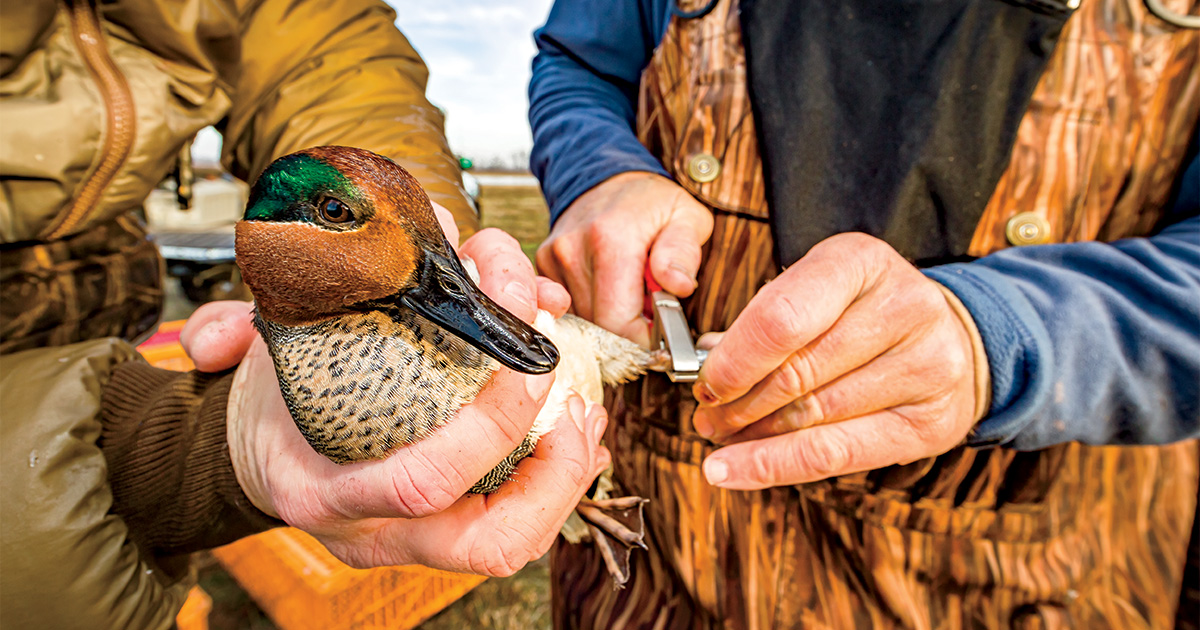June 30, 2017 •
13
min read
Arctic geese, including greater white-fronted geese, lesser snow geese, and Rosss geese, populations have grown and shifted their winter distribution east from their historical wintering range in the Central Flyway. Consequently, competition among waterfowl species for food resources has increased in the Mississippi Alluvial Valley (MAV). University of Arkansas researchers Ethan Massey and Doug Osborne developed a project to study changes in diet and body condition over time of Arctic geese wintering in the MAV. To do so, they collected geese foraging in rice, soybean, and corn fields from October February 2015-16 and 2016-17. In general, Artic geese foraged on waste grain in rice and corn fields during early winter. They switch to grasses in soybean fields during late winter.
Geese feeding on waste grain gained weight from October to November. After shifting to grass, the geese lost weight, having the lowest fat stores in February. These changes in body condition over time demonstrate the importance of high-energy foods like waste grain for building fat reserves in wintering geese. The decline in fat as winter progresses may be driven by numerous factors, including food depletion, changes in goose physiology, or the effects of hunting pressure in the rice growing regions of Arkansas. This study will aid managers and conservation planners in understanding how this expanding winter goose population is impacting the availability of foraging resources in the MAV.





